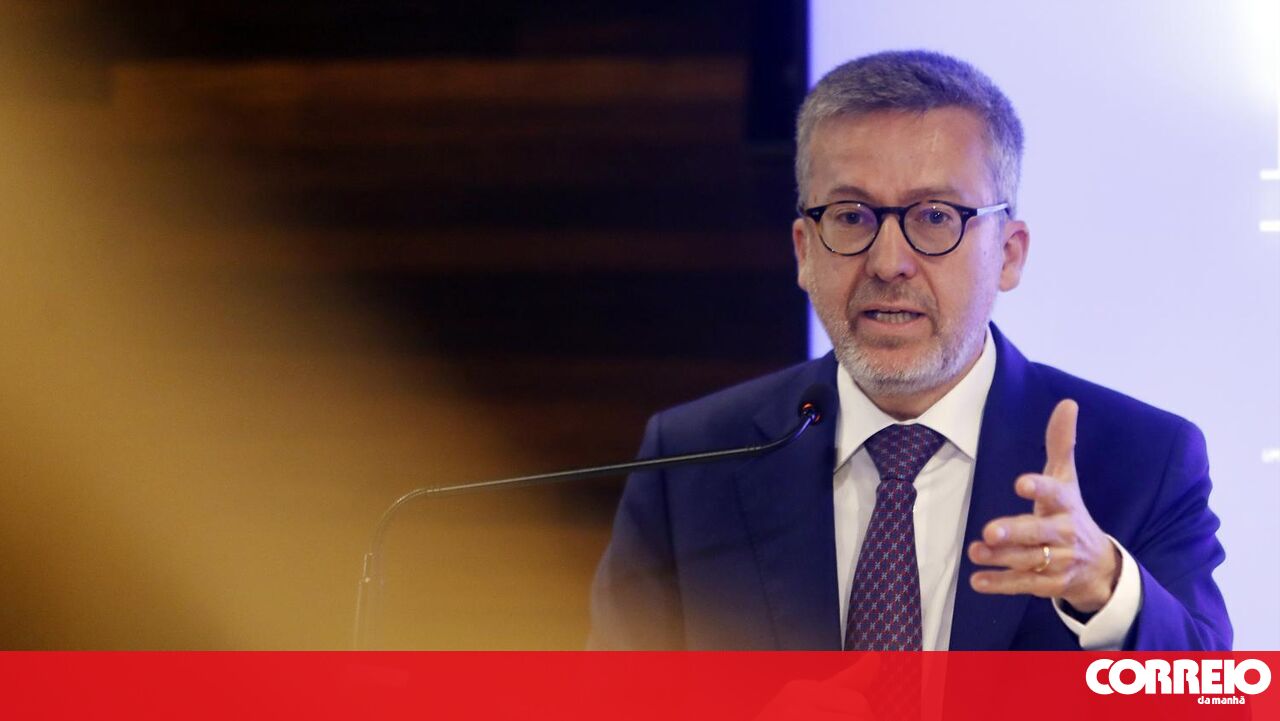The Rise of Lisbon's Wines
The winning trajectory of Lisbon's wine region began over a decade ago, but it has only recently hit its stride, now boasting more than 120 brands that reach global markets, according to Francisco Toscano Rico, president of the Lisbon Regional Wine Commission, in an interview. Traditional grape varieties have been joined by more 'irreverent' experiments in a territory stretching from Lisbon Airport to the West, resulting in fresher wines with lower alcohol content, increasingly sought after in European markets.
How the Success Story Unfolded
Today, the region comprises 10,000 hectares of certified vineyards and nine Protected Designations of Origin (DOPs), making it the area with the most designations in the country. Geographically, it starts in the capital: there are two vineyards within the city, including one at the airport through a producer-municipality protocol, and another at the Higher Institute of Agronomy near the 25 de Abril Bridge. The region extends far beyond, encompassing historic DOPs like Colares, Carcavelos, and Bucelas, demarcated around 1910 during the monarchy-to-republic transition, though they account for less than 1% but hold historical repute. Moving north, other designations include the Wine Routes of Alenquer, Torres Vedras, Óbidos, and further north, the slopes of Aire and Alcobaça, with Toque in Lourinhã near the sea—one of only three regions worldwide exclusively demarcated for high-quality wine spirit production, alongside France's Armagnac and Cognac.
The Quantum Leap in Growth
The major expansion began in 2016, with an extraordinarily high annual growth rate, driven by vineyard restructuring, professionalization for higher quality, and strategic investments. Viticulturists focused on optimal locations, choosing suitable grape varieties for soil types and slopes: north-facing slopes for white grapes, benefiting from cooler, humid Atlantic air, and south-facing, sunnier slopes for red grapes, sheltered from Atlantic winds. The region has nine wineries, with massive investments in technology and training for a new generation. Its diverse terroirs allow producers to leverage different grapes to meet market demands, which has been key to its success.
Market Preferences and Export Strategy
The terroir of the Lisbon region aligns perfectly with current market trends, favoring fresher, lower-alcohol wines. The Atlantic influence imparts strong minerality, leading to wines with moderate alcohol, good acidity, and freshness, catering to health and zero-calorie concerns. Producers quickly turned to international markets, recognizing the small domestic market, and this early focus on promotion has paid off.
Production and Economic Impact
Sales have grown by nearly 150% over the last seven years, an extraordinary feat. The region involves 2,000 farms and 2,000 families of viticulturists, producing 69 million bottles annually, with 80% exported to nearly 100 countries. Excluding Port wine, it's the region with the highest export percentage of certified wine. In size, it ranks fourth nationally, behind Douro, Vinho Verde, and Alentejo, with a heterogeneous market including large internationally competitive companies like Casa Santos Lima or Vidigal, and nine cooperatives now positioned in the premium segment.
Success Stories and Market Reach
Porta 6 from Vidigal Wines is a successful case study in the UK market, potentially the best-selling Portuguese brand there, serving as a major ambassador. Casa Santos Lima has top-selling brands in Finland, showcasing the region's appeal. Excluding Port, Lisbon holds an 18% volume and 16% value share of certified wine exports.
Terroir Specifics of the West
The Atlantic Ocean's proximity brings milder summers, humidity, morning fogs, and afternoon nortadas, allowing for prolonged maturation with less water stress. This results in grapes with lower alcohol, less sugar, and good acidity, producing fresh wines—a contrast to highly extracted, oaky, high-alcohol wines. Consumer preferences are shifting. The region's 180 km of coastline and clay-limestone soils provide good fertility and water retention, reducing summer stress and ensuring quality. The topography, between the sea and mountains like Serra d'Aires and Candeeiros, creates microclimas supporting multiple DOPs, from coastal Torres Vedras to inland Alenquer, with wines often showing salinity ideal for pairing with fresh fish or clams.
Brands and Innovation
There are about 220 wine producers, with 120-130 bottling and marketing brands. Many are young, family-connected, oenology-trained individuals making irreverent wines and experimenting with varieties. Large companies from outside the region are also investing, indicating strong notoriety.
Key Export Markets
Outside Portugal, main markets include the United States, UK, Brazil, and Canada, with growing importance in Scandinavia, Poland, Colombia, Australia, and Israel.
Challenges and Future Strategies
The US market represents 20% of exports, but recent 20% tariff announcements and a 90-day suspension period have created uncertainty, slowing business. To counter potential consumption declines, the region is focusing on boosting enotourism, leveraging its privileged position near Lisbon and the international airport to offer beaches, surfing, gastronomy, golf, and heritage attractions.

















Comments
Join Our Community
Sign up to share your thoughts, engage with others, and become part of our growing community.
No comments yet
Be the first to share your thoughts and start the conversation!